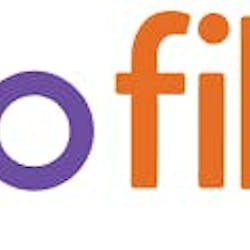Coherent optics may be the solution that provides much needed relief in the bandwidth department.
CableLabs announced last week that it has adapted the technology, which has been used in long-haul fiber networks for quite some time, for use in short-haul access networks. The R&D consortium has demonstrated 2,048 Gbps using eight wavelengths of 256 Gbps each.
"Future demand is not based on pure capacity, but the architectures that are coming up in the cable space," said Alberto Campos, CableLabs distinguished technologist. "As we looked at different alternatives, coherent technology came to mind because (it offers) high capacity on a per optical, per wavelength, perspective. It allows you to put many optical carriers in the same fiber."
Specifically, with coherent technology, there are two dimensions of turning light, using amplitude and phase, as well as two polarizations. This allows more wavelengths in the spectrum compared to other technologies and, therefore, more capacity in a fiber.
In the long-haul environment, distances of more than 3000 km come into play. Fiber of that length needs a lot of compensation for distortion and noise. The result is a complex, expensive implementation.
The access network, however, involves tens of kilometers rather than thousands, which means that the amount of compensation necessary is significantly reduced. The result is a simpler, lower cost implementation, Campos said.
"There (also) are economies of scale in the access portion of the network …. You need more optical links (than in backbone) …. One more driver to lower cost is in the access network, there is the luxury of implementing robust technology, (which) facilitates interoperability," Campos said, noting that simplicity equals interoperability, while complexity hinders it.
The process will now transition to R&D and specification development. Campos said he anticipates that a working group will be launched in the May/June timeframe.
The dispersion and linear distortion in long-haul can be corrected with signal processing, but covering 3000 km means a "significant" amount of processing and a chip large enough to accommodate it, Campos said. "When you are (only) dealing with 30-40 km, the amount of dispersion compensation is negligible … so a smaller chip is needed."
While CableLabs demonstrated a significant increase in capacity using coherent technology, Campos said the industry is still at the early stages. "We are future-proofing the network because of the amount of capacity that is available."
He added that the coherent technology is not specifically for cable. It can be used in an access network for telcos and cellular companies as well, for example. "It is an enabler of transport."
Further details are available in a CableLabs blog at http://www.cablelabs.com/future-proofing-cables-optical-access-network-coherent-story.





